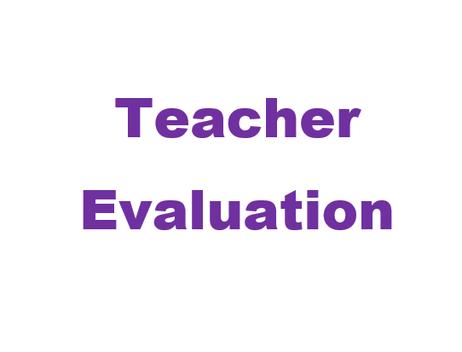After an eighteen-month court battle, the city of New York is releasing 18,000 individual teacher rankings to the media and the general public. The ratings, known as Teacher Data Reports, involve 4th through 8th-grade math and English teachers. The rankings were designed to demonstrate the progress a teacher’s students have made on state standardized tests. The results are based on data compiled since 2007, but this is the first time the information is available to those outside the school system.
Why Rank Teachers?
According to a report in the , the teacher rankings started out as a pilot program four years ago. The purpose of the program was to provide measurable data that would help improve the instruction at 140 of the city’s schools. The system was created in response to President Obama’s Race to the Top program, according to The Slatest. This federal program allows funding to states for public education, based on federal requirements to turn around low-performing schools.
The rankings have also been used by the city school districts to make decisions about teachers, such as tenure decisions and firings. The rankings were originally designed to be an objective piece of data that would help school districts distinguish between effective and ineffective teachers. The information was not originally intended to move beyond the school system, which is where the data could be used for the benefit of teachers, schools, and students.
This video reports on ranking public school teachers.
Making Records Public
Some media organizations, including the Wall Street Journal, petitioned to have the teacher rankings made public in 2010, citing the Freedom of Information Law as their reason for allowing for the publication of the information. However, the local teachers’ union, the United Federation of Teachers, sought to block that request, stating the publication of such information would be a violation of the teachers’ privacy. Some also voiced concern that the data provided in the rankings did not provide a complete picture of a teacher’s ability and could sway public opinions of specific teachers inaccurately.
The conflict was taken to court, where it continued to be argued for more than one year as it worked its way to the highest court in the state. At that level, an appeal by the teachers’ union was denied, and the media was given legal authority to publish the rankings at their discretion. While parents and others have flocked to websites posting the rankings since the court decision, many are continuing to voice concern over what publication of this information could do to New York Schools and the teachers that work in their classrooms.
Concern Over Public Ratings
Concern over the publication of teacher rankings stems primarily from the fact that they may not provide a complete picture of a teacher’s performance level. Even some of the scientists that designed the ranking system have said the data should be used carefully and in context. Douglas N. Harris, an economist at the University of Wisconsin, where the rankings were developed, told the New York Times that the reports are most useful when they are combined with additional information regarding a teacher’s performance. In response to releasing the rankings at this time, Harris said the idea “strikes me at best unwise, at worst, absurd.”
The union’s president, Michael Mulgrew, stated in The Slatest, “The Department of Education should be ashamed of itself. It has combined bad tests, a flawed formula, and incorrect data to mislead tens of thousands of parents about their children’s teachers.”
Critics of the rankings have also pointed out in the New York Times that if a teacher scores well one year, it is harder for him to retain that high ranking in subsequent years since the rankings are primarily based on student progress, not on achievement alone. Others argue that the data are also more than one year old, and they are based on test scores that have been discredited in some ways.
This video reports on Rate My Teacher.
The Value-Added Factor
In addition to potential inaccuracies in the information the rankings actually provide, the type of assessments used to obtain these rankings falls into question. The assessments are defined as value-added, which means the models use mathematical formulas to look at past performance and predict future performance. The computer calculating the formula takes into account a number of factors in the predictions, including student race, gender, and income level. Teachers must surpass these predictions to score higher in the rankings.
In New York, a curve was put in place that dictated 50 percent of teachers would score in the “average” range, 20 percent would score “above average” and another 20 “below average” and the final 10 percent would be split between “high” and “low.” Separate reports were created for both math and English. Creators of the rankings cite a wide margin of error on individual scores as well – which could range as high as 54 out of 100 total points. However, ranking developers also state that most of the data provided in this report is 95-percent accurate.
As the rankings have come out, Mayor Bloomberg has stressed that the decision to publish the information came out of the court system, not from city officials. He also told the that concern from the union that these rankings could distort parents’ opinions of teachers was a “legitimate position.”
“It may very well,” Bloomberg told the Wall Street Journal. “I don’t know how people will perceive it. I don’t know how the press is going to play it. But the bottom line here is we have data. You need the data. And the courts have said it’s owned by the public and you have to give it to them.”
Questions. Contact us on Facebook. @publicschoolreview















